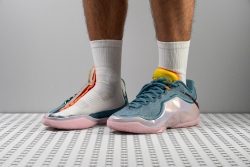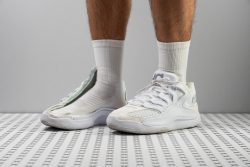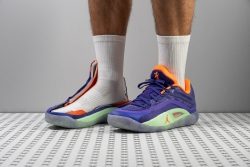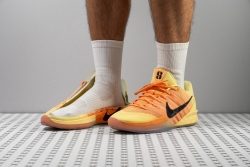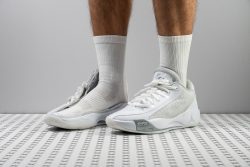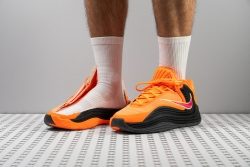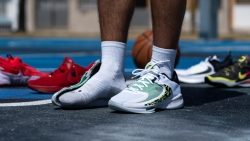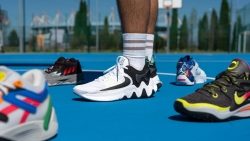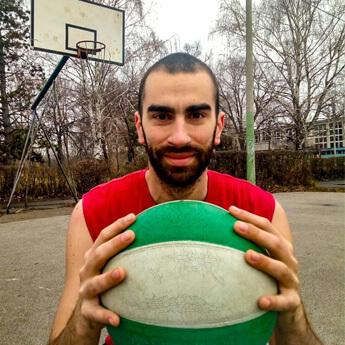7 Best Low Top Basketball Shoes in 2025

We buy shoes ourselves. We earn commissions when you buy through us, at no extra cost. Why trust us
Basketball shoes are often said to be better off as high tops because the high collar is there for more stability. However, scientific evidence does not support this notion. Low-top basketball shoes are reported to be as effective as mid-tops and high-tops on the court.
We went on to test low-top basketball shoes in our lab and on the court and discovered just how many excellent options there are among these low-tops. From the cheaper ones to the premium models, we have tested shoes with outstanding grip, cushioning, and an overall sense of support. We have scrutinized all of them equally, both inside and outside our lab, so we can deliver fair judgment.
How we test low top basketball shoes
Here at RunRepeat, we give each basketball shoe a chance to be on our feet while hooping on indoor and outdoor courts. We try each of them for a considerable period of time before we report every detail. However, for us to provide neutral judgments and impressions, we do not owe anyone our reviews because we buy all the shoes with our own money.
Apart from on-foot tests, we also perform lab tests. Here, we measure things like shock absorption, energy return, stack heights, insole thickness, base width, platform stiffness, traction, and more. We also cut the shoes in half and examine every little detail. Once we're done, we publish our data-backed, in-depth reviews on our website.
Best low-top basketball shoes overall













































What makes it the best?
Pros
- Outstanding energy return
- Excellent shock absorption in the heel
- Fantastic outsole traction
- Top-tier stability and ankle support
- Highly secure foot lockdown
- Exceptional durability
- Decent flexibility given the design
- True to size and width
Cons
- Still one of the heaviest
- Not for outdoor courts
- Extremely low toebox height
- Not breathable
- Rapid price increase
Low-top basketball shoes with the best traction












































What makes it the best?
Pros
- Excellent shock absorption
- Propulsive energy return in the forefoot
- Superb outsole traction
- Solid ankle support and lateral stability
- Secure lockdown and containment
- Comfortable step-in feel
- Good breathability for warm temperatures
- Decent forefoot flexibility
- Promising durability (okay for outdoor courts)
Cons
- Heavier than average
- Not for wide feet
- No major updates from KD 17
Low-top basketball shoes with the best energy return
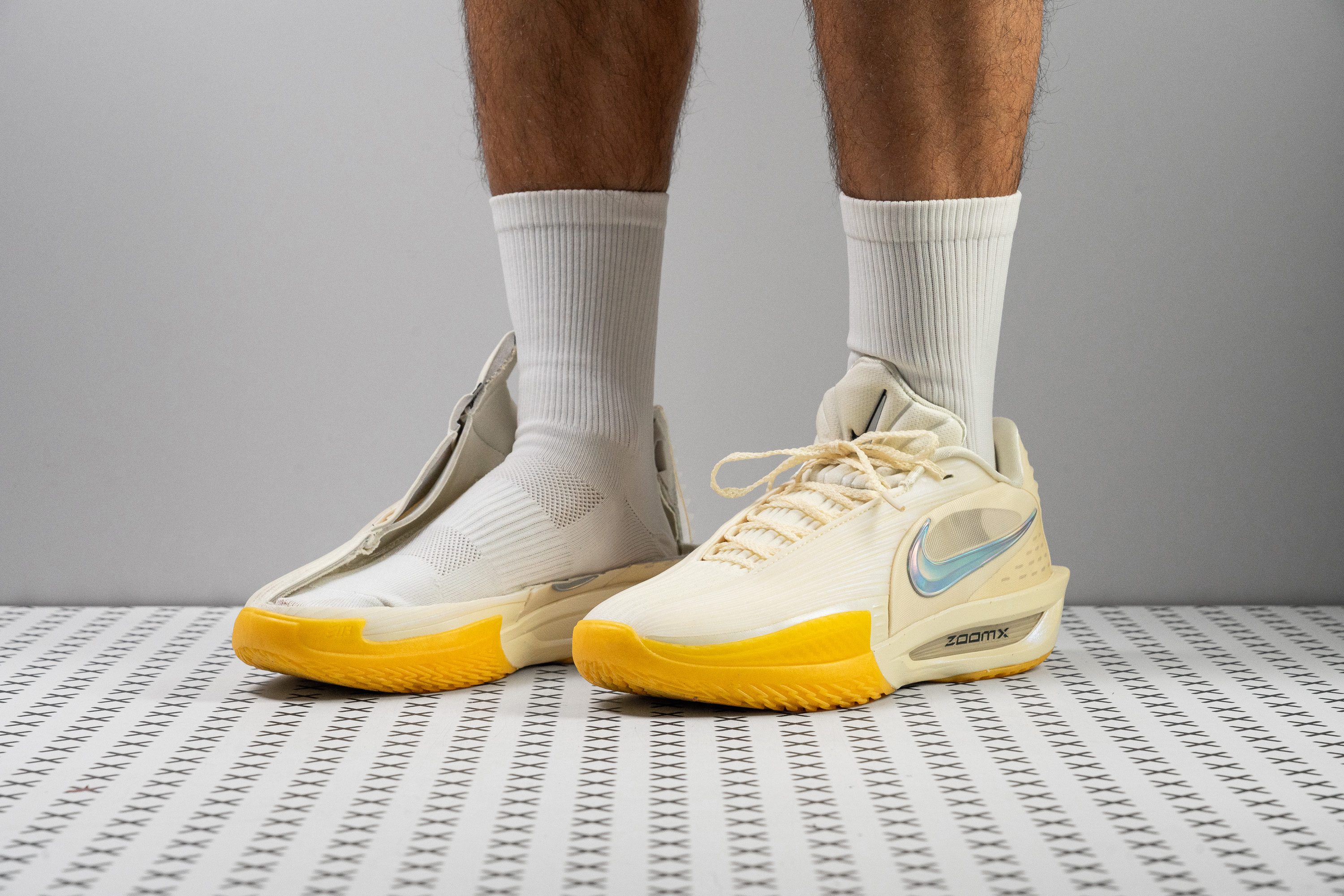













































What makes it the best?
Pros
- Record-breaking energy return with ZoomX
- Significant improvement in lateral support
- Soft and comfortable step-in feel
- Excellent heel and midfoot containment
- Feels highly agile and nimble
- Fantastic outsole grip
- Lighter than average
Cons
- Below-average shock absorption
- Disappointing durability for the price
- Lacks breathability
Low-top basketball shoes with the best shock absorption
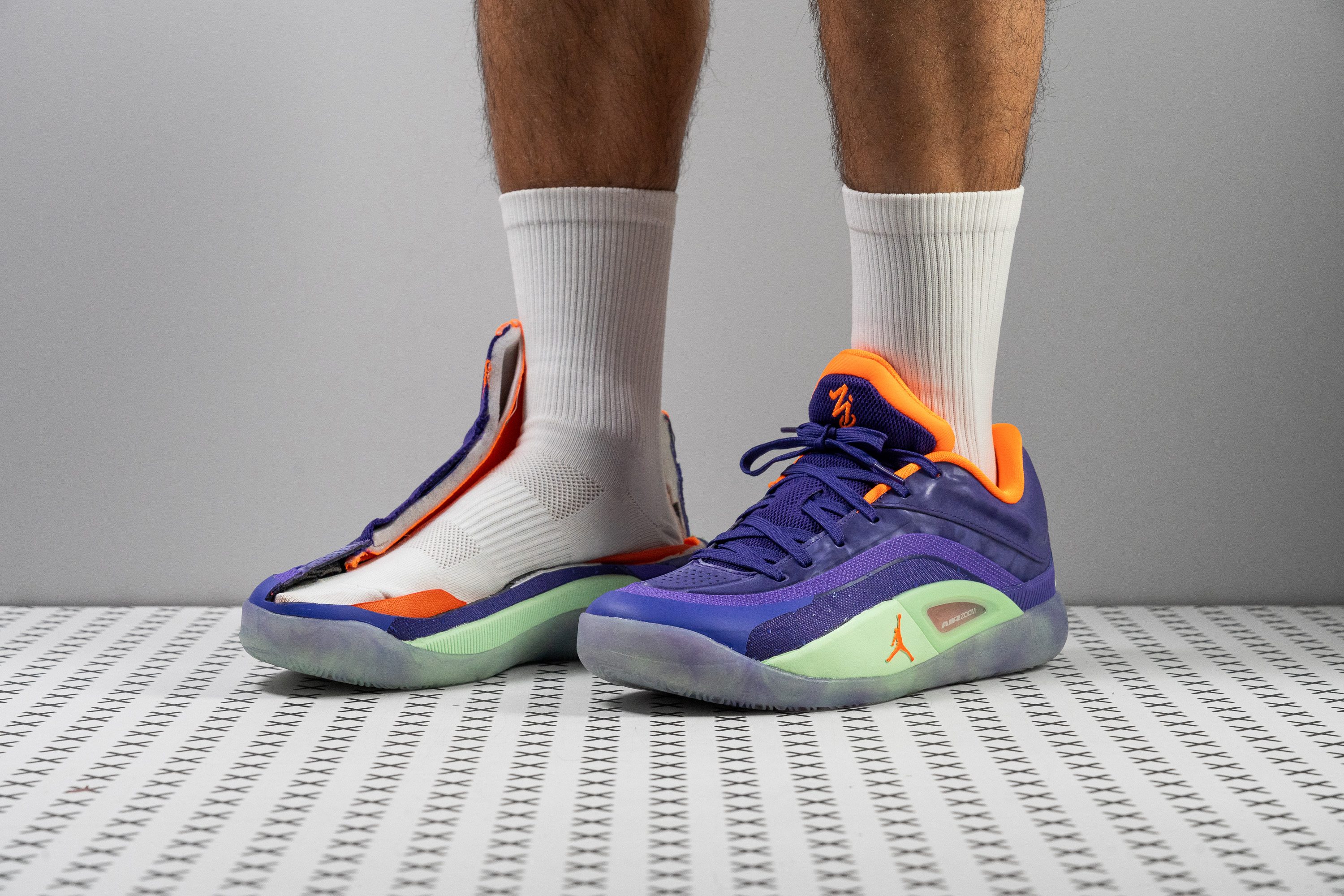














































What makes it the best?
Pros
- Above-average shock absorption
- Propulsive ride with full-length Air Zoom
- Cushioning doesn't mute court feel
- Balanced outsole traction
- Feels agile and maneuverable
- Good lateral support
- Fantastic upper and outsole durability
Cons
- Fit is still snug
- Got heavier than average
- Lacks breathability
Best lightweight low-top basketball shoes
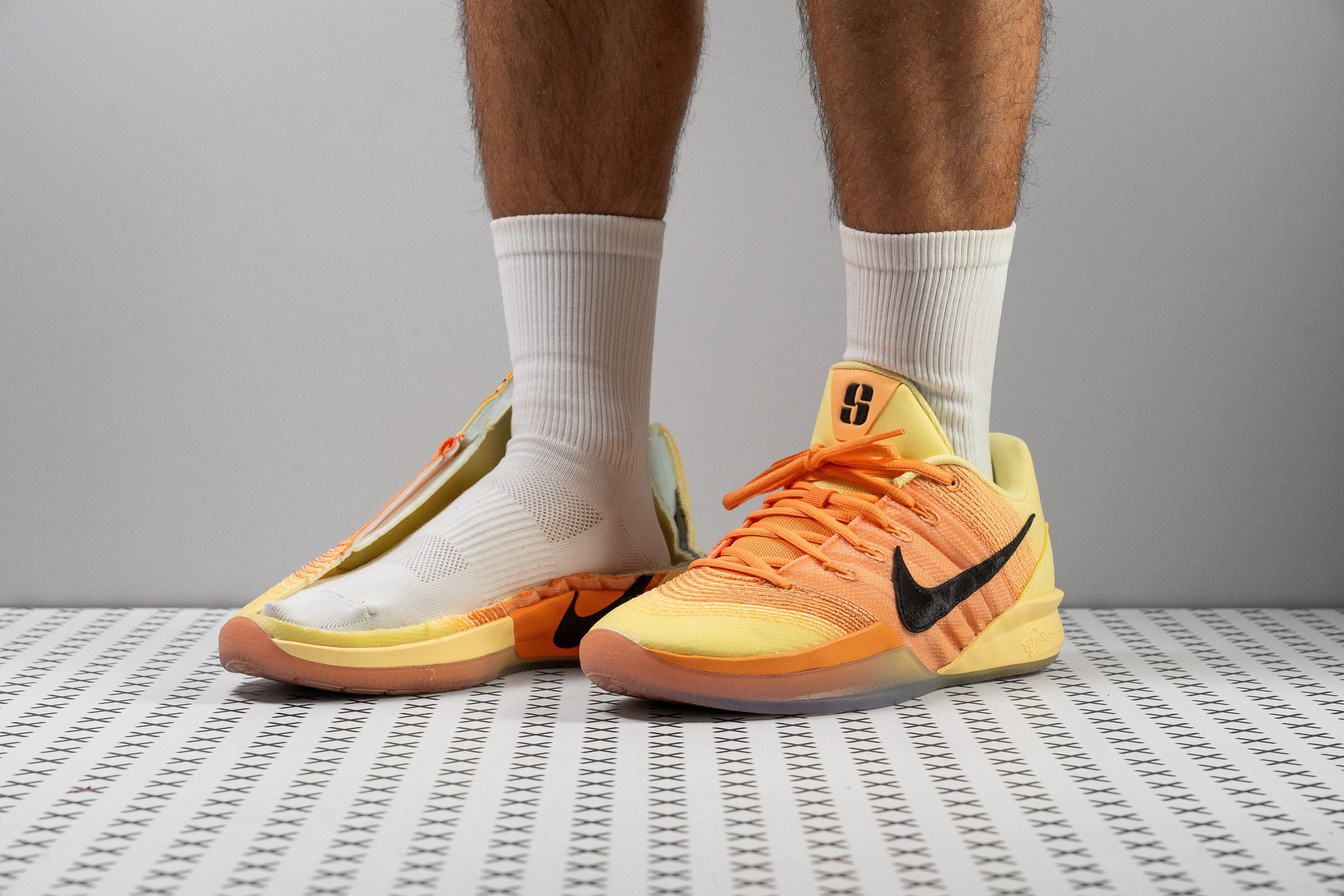














































What makes it the best?
Pros
- Stellar court feel from a grounded platform
- Highly responsive with a propulsive forefoot
- Excellent side-to-side stability
- Amazing lockdown and containment
- Reliable outsole traction
- Super flexible and maneuverable
- Much lighter than average
- True to size and width
Cons
- Low shock absorption
- Not for outdoor courts
- Not for wide feet
- Lacks toebox durability
Best low-top basketball shoes for outdoor courts














































What makes it the best?
Pros
- Amazing durability for outdoor courts
- Exceptional outsole traction
- Pronounced court feel
- Lightweight for its design
- Surprisingly good lateral support
- Above-average breathability
- True to medium width
- Fantastic value for money
Cons
- Low shock absorption
- Uninspiring energy return
- Firm underfoot experience
- Very low toebox height
Best budget low-top basketball shoes
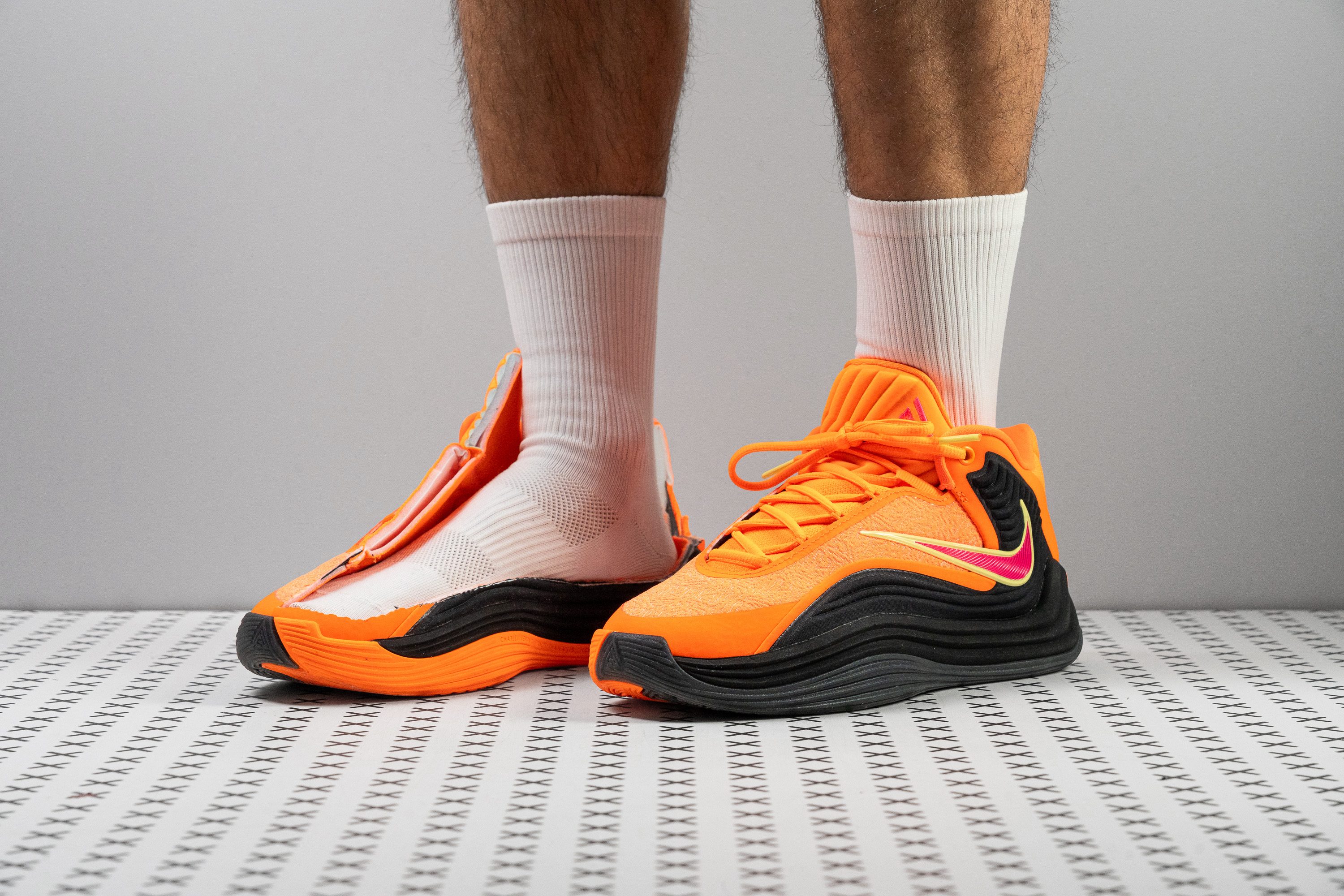












































What makes it the best?
Pros
- Solid shock absorption
- Energy return remained decent without Air Zoom
- Strong outsole traction of a more expensive shoe
- Excellent containments and ankle support
- Planted and stable platform
- Comfortable soft cushioning
- Great energy transfer through stiff build
- Amazing durability for the price
Cons
- Downgraded to budget category
- Not for wide feet
- Heavier than v6
- Not breathable
Are low-top basketball shoes less supportive than mid-tops?
Having studied 30+ research papers and lab-tested 100+ basketball shoes, we concluded that ankle support does NOT depend on the shoe's collar height.
A low-top shoe offers reliable side-to-side support and stability if it meets the following criteria:
- High torsional rigidity: When the shoe can't be easily twisted sideways, it doesn't allow the foot to buckle either.
- Wide base with an outrigger: Extended contact points ensure stable landings.
- Stiff heel counter: A firm heel and ankle hold prevents foot twisting early on.
- Secure lockdown: No impromptu foot shifting inside the shoe to cause ankle twists.
- Grounded platform: Moderate stack height and firmer base minimize wobbles.
- Solid traction: Secure and slip-free footing increases control and lowers the risk of unwanted movements.
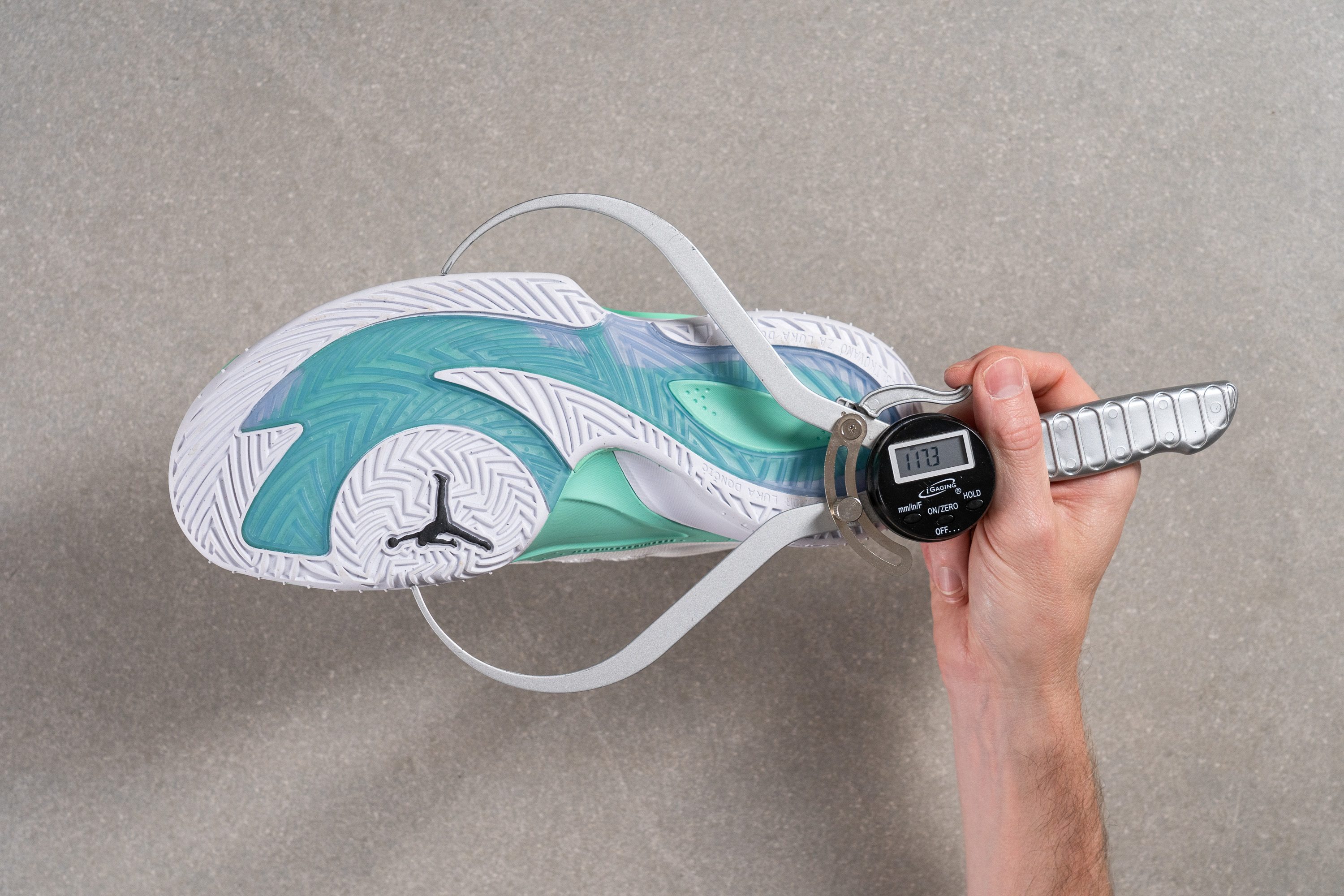
Low-top basketball shoes: A Kobe Bryant effect
It was in 2008 when Kobe Bryant’s first low-top basketball shoe– the Kobe IV– was released, and he rarely wore high-tops in his games since then. This release is widely regarded as the start of the popularity of low-tops in the NBA.

The fourth Kobe is so iconic that Nike and Kobe Bryant released a protro version of it in 2019. A Protro is practically a retro with modern technological updates to ensure its court worthiness.
What prompted Kobe to go low?
Having spent a good part of his childhood in Italy, he was exposed quite extensively to football (known as soccer in the US). The shoes worn by football players are often low-top. He thought that if football players can make it with low-tops, there’s no reason that basketball players can’t!
Which NBA stars followed suit?
The use of low-top basketball shoes has become so popular in the NBA. Many of the NBA guys that are sponsored by Nike are seen wearing low-top Kobes on the court.
New NBA stars such as Paul George, James Harden, and, just very recently, Giannis Antetokounmpo (with the release of his first shoe, the Nike Freak 1) are huge Kobe fans. Their signature shoes sport low collars in keeping with their idol’s game-changing initiative.
LeBron James joined the trend in 2022 with the 20th iteration of his signature shoe and hasn't looked back ever since.
Today, a vast majority of basketball shoes are low-tops, making mid-tops and high-tops more of an exception to the rule.

